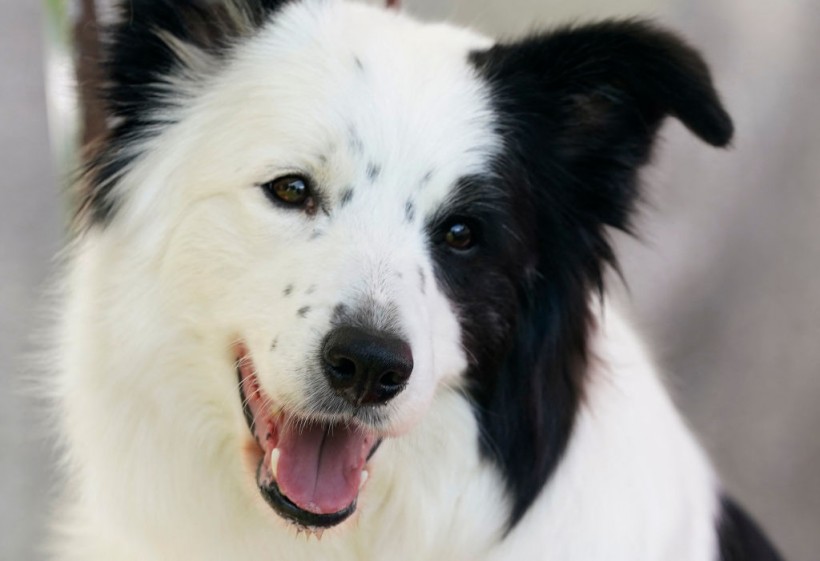Dogs are often considered as man's best friend, but how much do we really know about their perception of the world?
A recent study by neuroscientists from Emory University has revealed some fascinating insights into how dogs process visual information, and how it differs from humans.
The study, published in the journal NeuroImage, used functional magnetic resonance imaging (fMRI) and machine learning to decode the brain activity of two dogs as they watched home movies of dogs and humans.
Dogs are more attuned to actions than objects
 (Photo : TIMOTHY A. CLARY/AFP via Getty Images)
(Photo : TIMOTHY A. CLARY/AFP via Getty Images)

The researchers found that dogs tend to focus more on things that were action-based, such as sniffing, eating, or playing, while humans tend to focus more on things that were object-based, such as dogs, humans, vehicles, or other animals.
This was true even though they watched the same video. The researchers explained that this could be because dogs are more interested in the behavior and intentions of others, rather than their identity or appearance.
The researchers also discovered that dogs have a higher sensitivity to motion in their peripheral vision than humans, which could help them detect potential threats or prey in their environment.
However, dogs have a lower visual acuity than humans, which means that they cannot see things in detail as well as we can.
Dogs also have a different color vision than humans, as they cannot easily distinguish between red and green.
Intelligence may influence how dogs see the world
The researchers also found that the two dogs in the study, Daisy and Bhubo, had different patterns of brain activity when watching the videos, which could reflect their individual personalities and intelligence levels.
Daisy, a border collie, showed more activation in the regions of the brain associated with higher cognitive functions, such as attention, memory, and planning.
Bhubo, a golden retriever, showed more activation in the regions of the brain associated with emotional processing, such as reward, motivation, and social bonding.
The researchers speculated that Daisy's higher intelligence may make her more attentive to the objects and actions in the videos, while Bhubo's lower intelligence may make him more responsive to the emotional and social cues in the videos.
They also suggested that the breed of the dogs may play a role in their visual perception, as border collies are known for their herding abilities and golden retrievers are known for their retrieving skills.
Also Read: Dogs are More Than Just Pets - Here's the Proof
Dogs have different cognitive styles than humans
Canine cognition is how a dog's mind processes the world around it. Knowing your dog's cognitive style will help you understand what drives him, how he learns and what he needs from you to make learning easier.
Cognitive science is the study of the mind and intelligence, embracing philosophy, psychology, linguistics and anthropology
Dogs have different cognitive styles than humans, which can be assessed by various tests and experiments.
For example, dogs can learn to communicate with humans by following their gestures and vocal cues, such as pointing or saying "sit".
Dogs can also learn from others by observing their actions and imitating them, such as going around a fence or opening a door.
They can also understand their physical surroundings by using their senses and solving problems, such as finding hidden food or escaping from a maze.
However, dogs are not just passive learners. They also have their own preferences, motivations, emotions, and personalities, which can affect their cognition and behavior.
For example, some dogs may be more curious, adventurous, or playful than others, while some may be more loyal, obedient, or affectionate than others.
Some may also be more adaptable, resilient, or optimistic than others, while some may be more anxious, fearful, or pessimistic than others.
The study of canine cognition is not only important for understanding our furry friends better, but also for improving our relationship with them.
By knowing how dogs think and feel, we can provide them with the best care, training, and enrichment possible.
Related article: How to Choose a Comfortable and Colored Bed for Your Dog
© 2024 NatureWorldNews.com All rights reserved. Do not reproduce without permission.





